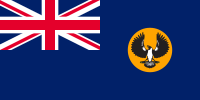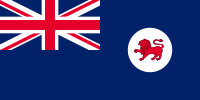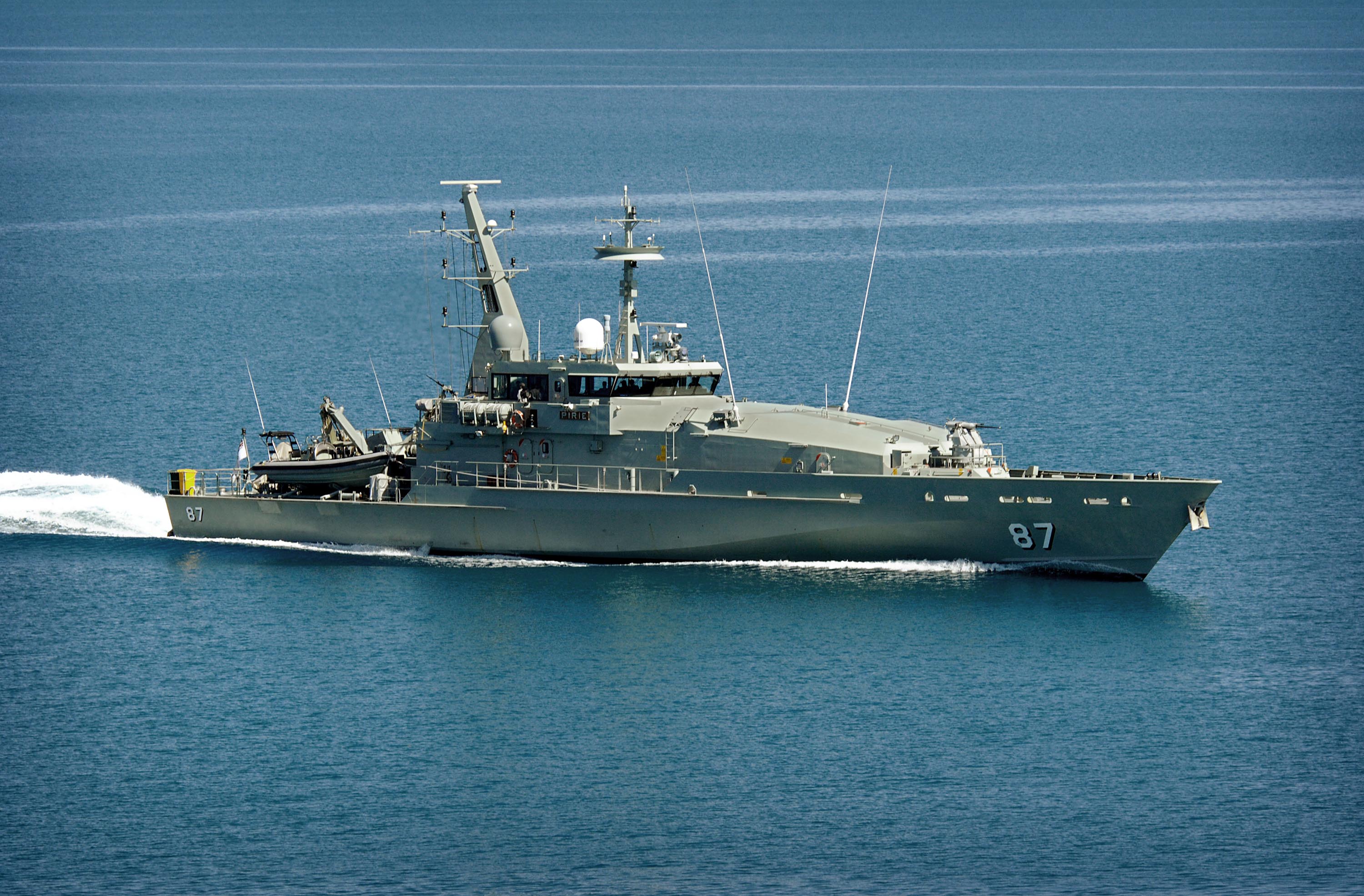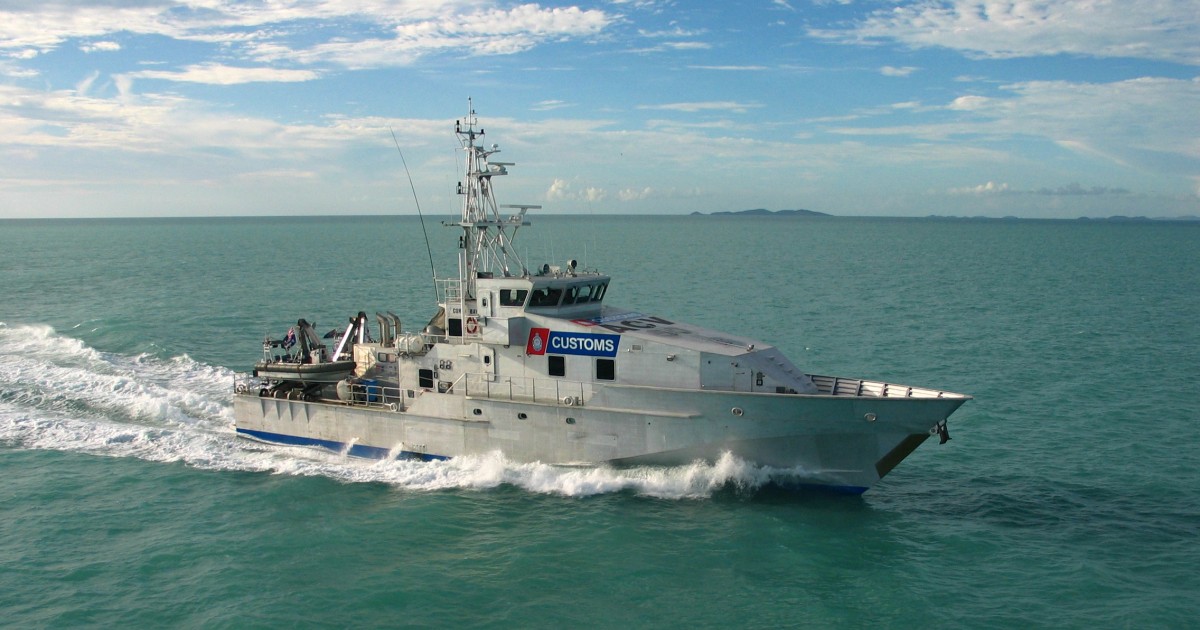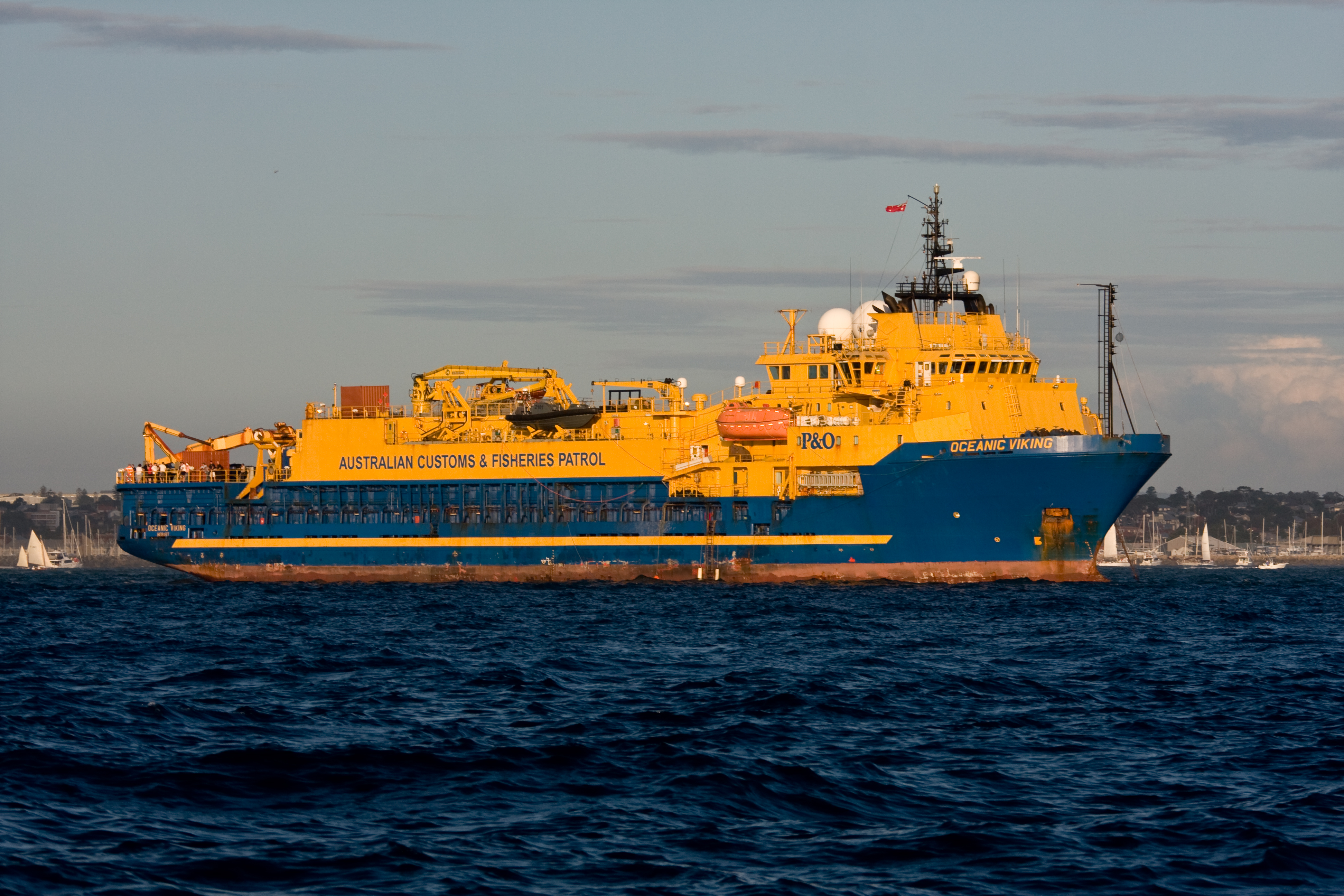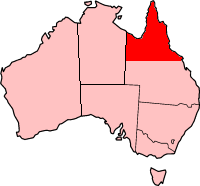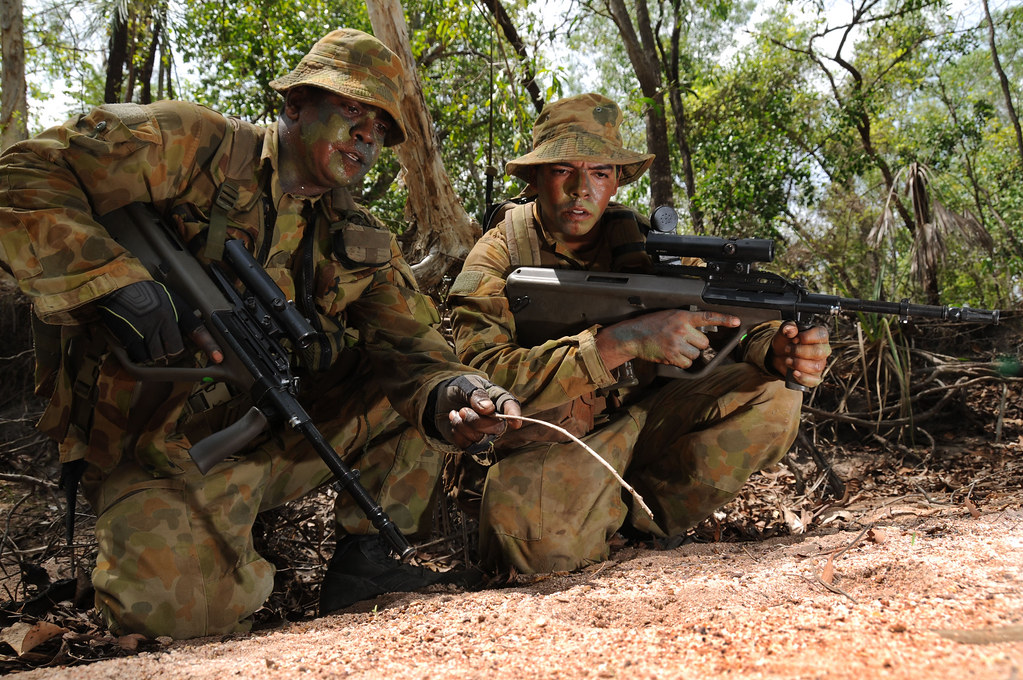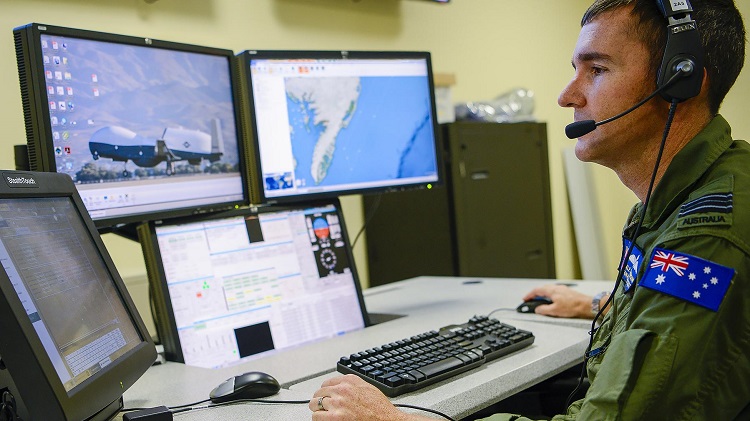- Jul 2, 2018
- 3,049
 |  |
OPERATION RESOLUTE |
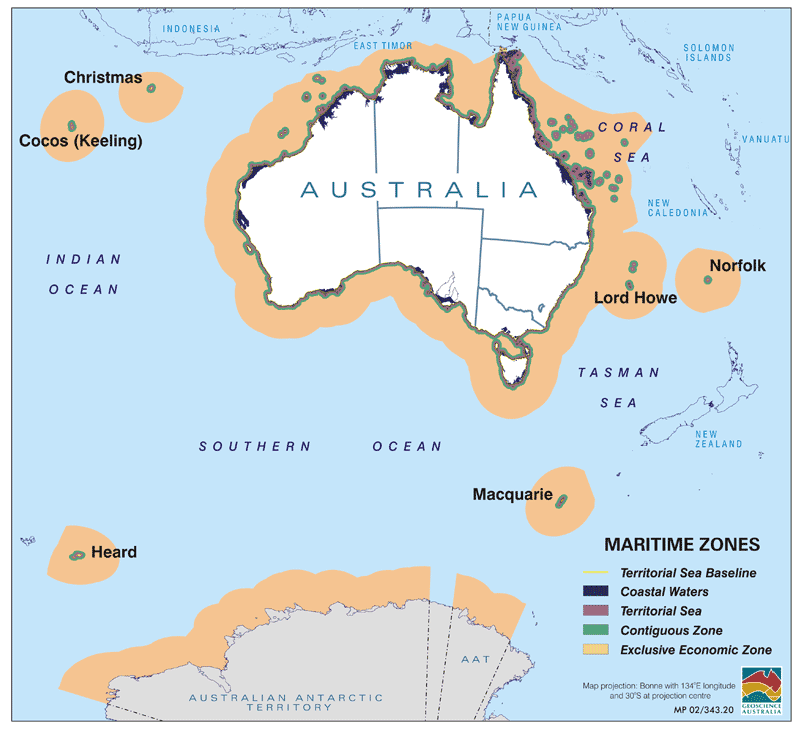 |
| Objective: | Patrols of Australia's Borders and Exclusive Economic Zone |
| Date: | 20 November 1999 - Present |
| Location: | Mainland Australia, Australia's Exclusive Economic Zone, Christmas Island, Cocos (Keeling) Islands, Norfolk Island, Macquarie Island, Lord Howe Island, Coral Sea Islands, Ashmore and Cartier Islands |
| Status: | Ongoing |
BELLIGERENTS |
 Australia Australia
| People Smugglers Drug Smugglers Illegal Fishermen |
COMMANDERS AND LEADERS |
 Julia Gillard (Prime Minister) Julia Gillard (Prime Minister) Ros Kelly (Minister for Home Affairs) Ros Kelly (Minister for Home Affairs) Tony Burke (Minister for Immigration and Citizenship) Tony Burke (Minister for Immigration and Citizenship) John Faulkner (Minister for Defence) John Faulkner (Minister for Defence) Jason Clare (Minister for Justice and Customs) Jason Clare (Minister for Justice and Customs) Commissioner Roman Quaedvlieg (Commissioner of the Australian Border Force) Commissioner Roman Quaedvlieg (Commissioner of the Australian Border Force)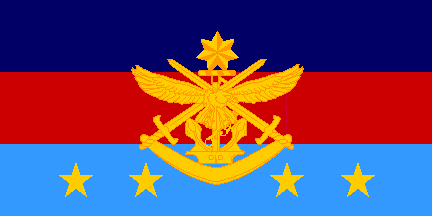 General Peter Cosgrove (Chief of the Defence Force) General Peter Cosgrove (Chief of the Defence Force)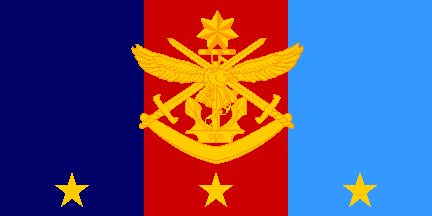 Vice Admiral David Johnston (Chief of Joint Operations) Vice Admiral David Johnston (Chief of Joint Operations)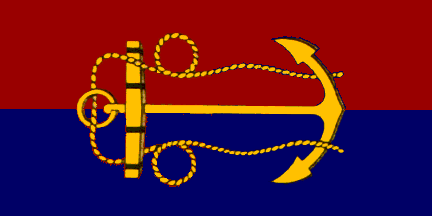 Vice Admiral Russ Crane (Chief of Navy) Vice Admiral Russ Crane (Chief of Navy)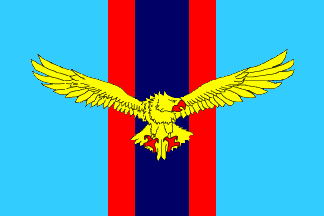 Air Marshal Angus Houston (Chief of Air Force) Air Marshal Angus Houston (Chief of Air Force)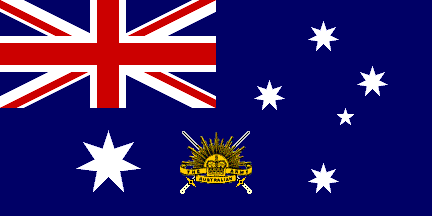 Lieutenant General Peter Leahy (Chief of Army) Lieutenant General Peter Leahy (Chief of Army) Rear Admiral Mark Hill (Commander, Operation Resolute) Rear Admiral Mark Hill (Commander, Operation Resolute) Commodore Christina Ween (Senior Naval Officer Northern Australia) Commodore Christina Ween (Senior Naval Officer Northern Australia) Commissioner Tony Negus (Commissioner of the Australian Federal Police) Commissioner Tony Negus (Commissioner of the Australian Federal Police) Mike Burgess (Director-General of Security) Mike Burgess (Director-General of Security)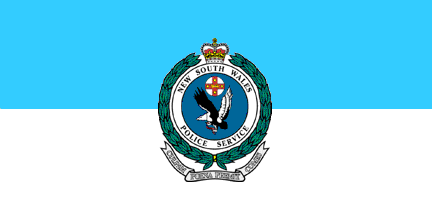 Commissioner Catherine Burn (Commissioner of the New South Wales Police Force) Commissioner Catherine Burn (Commissioner of the New South Wales Police Force) Chief Commissioner Christine Nixon (Chief Commissioner of the Victoria Police) Chief Commissioner Christine Nixon (Chief Commissioner of the Victoria Police) Commissioner Katarina Carroll (Commissioner of the Queensland Police Service) Commissioner Katarina Carroll (Commissioner of the Queensland Police Service)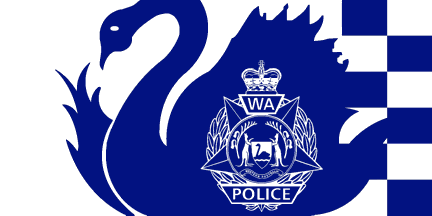 Commissioner Karl O'Callaghan (Commissioner of the Western Australia Police Force) Commissioner Karl O'Callaghan (Commissioner of the Western Australia Police Force)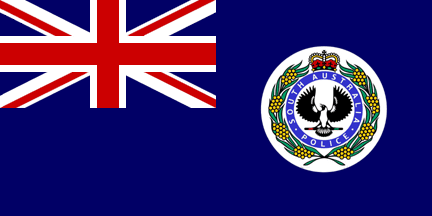 Commissioner Grant Stevens (Commissioner of the South Australia Police) Commissioner Grant Stevens (Commissioner of the South Australia Police) Commissioner Darren Hine (Commissioner of the Tasmania Police) Commissioner Darren Hine (Commissioner of the Tasmania Police) Commissioner Paul White (Commissioner of the Northern Territory Police Force) Commissioner Paul White (Commissioner of the Northern Territory Police Force) | None |
STRENGTH |
Australian Border Force Maritime Border Command:
JOINT TASK FORCE 639 (AUSTRALIAN DEFENCE FORCE NORTHERN COMMAND): Royal Australian Air Force Surveillance and Response Group:
| Unknown |
CASUALTIES AND LOSSES |
| None | None |
Last edited:




 Norfolk Island Policing
Norfolk Island Policing Christmas Island Policing
Christmas Island Policing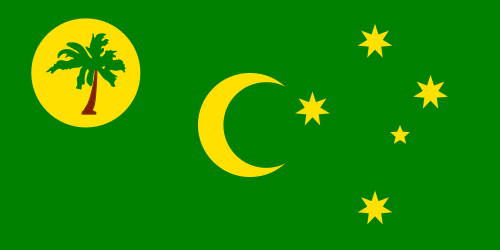 Cocos (Keeling) Islands Policing
Cocos (Keeling) Islands Policing Jervis Bay Territory Policing
Jervis Bay Territory Policing




